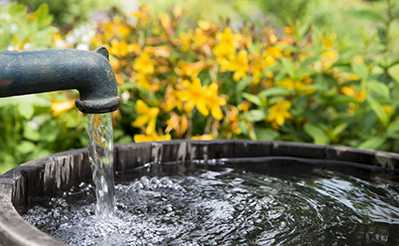
Drinking water quality has a major influence on public health. Even in the United States, clean water is not always assured. About 13.1 million households in the United States obtain drinking water from private wells, while others obtain their drinking water from local springs, livestock water tanks, or from rainwater captured in cisterns. Little is known about the quality of water from these unregulated sources and the potential impact on human health.
Improvements in water quality have dramatically improved the public’s health in the United States. However, some old challenges remain, and new ones are emerging. For some communities, access to plentiful healthy water is, or may soon be, limited by the presence of environmental pollutants in local water sources, drought and aquifer depletion that limits water availability, flooding events that overwhelm local treatment capacity, local weather changes associated with climate change, new and more stringent regulations, or failures in water-related infrastructure. HSB has an urgent mission to work with public health partners to protect public health by assessing and mitigating waterborne exposures and related diseases.
Water-related Research
Learn how HSB conducts water-borne exposure studies to protect the public health and public water supplies in the communities you and your family live in.
Technical Assistance and Emergency Response
Learn how HSB conducts rapid epidemiologic investigations in response to water-related outbreaks. HSB provides technical assistance and expertise to state, local, other federal, and international public health agencies regarding harmful algae blooms and environmental contaminants in water.
- Page last reviewed: April 1, 2016
- Page last updated: April 1, 2016
- Content source:


 ShareCompartir
ShareCompartir